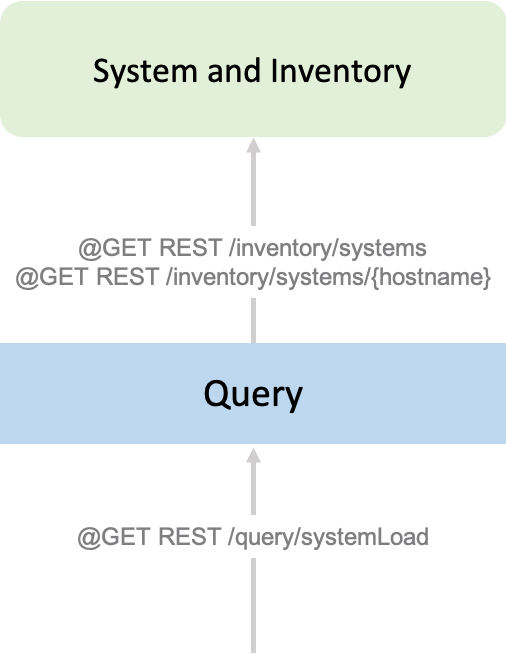First, you’ll learn how to create a reactive JAX-RS client application by using the default reactive JAX-RS client APIs. You will then learn how to take advantage of the RxJava reactive extensions with a pluggable reactive JAX-RS client provider that’s published by
Eclipse Jersey. The JAX-RS client is an API used to communicate with RESTful web services. The API makes it easy to consume a web service by using the HTTP protocol, which means that you can efficiently implement client-side applications. The reactive client extension to JAX-RS is an API that enables you to use the reactive programming model when using the JAX-RS client.
Reactive programming is an extension of asynchronous programming and focuses on the flow of data through data streams. Reactive applications process data when it becomes available and respond to requests as soon as processing is complete. The request to the application and response from the application are decoupled so that the application is not blocked from responding to other requests in the meantime. Because reactive applications can run faster than synchronous applications, they provide a much smoother user experience.
The application in this guide demonstrates how the JAX-RS client accesses remote RESTful services by using asynchronous method calls. You’ll first look at the supplied client application that uses the JAX-RS default CompletionStage-based provider. Then, you’ll modify the client application to use Jersey’s RxJava provider, which is an alternative JAX-RS reactive provider. Both Jersey and Apache CXF provide third-party reactive libraries for RxJava and were tested for use in Open Liberty.
The application that you will be working with consists of three microservices, system, inventory, and query. Every 15 seconds, the system microservice calculates and publishes an event that contains its current average system load. The inventory microservice subscribes to that information so that it can keep an updated list of all the systems and their current system loads.

The microservice that you will modify is the query service. It communicates with the inventory service to determine which system has the highest system load and which system has the lowest system load.
The system and inventory microservices use MicroProfile Reactive Messaging to send and receive the system load events. If you want to learn more about reactive messaging, see the
Creating reactive Java microservices guide.


